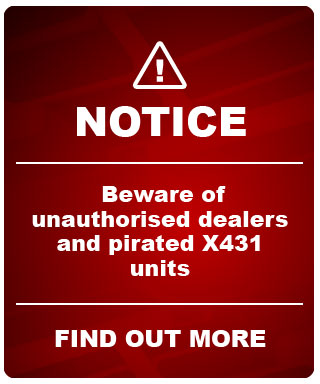Cooling system for automotive common fault analysis
This entry was posted on March 6, 2020.
Common failures of the cooling system are overheating of the engine. There are mainly coolants but the engine is overheated. The engine is overheated due to insufficient coolant and the engine is suddenly overheated.
The coolant is sufficient, but the engine is overheating.
First check whether the blinds are open enough. If the openings are sufficient, check the fan's rotation and the fan drive belt is slipping. If the fan does not rotate or the speed is too low, adjust the fan drive belt tightness, or check the fan motor and Good or bad, if damaged, it should be replaced with a new one. The fan rotates normally, and then feel the temperature of the radiator and the engine separately with your hands. If the radiator temperature is low and the engine temperature is high, it means that the coolant circulation is poor. The pipe is sucked flat and should be replaced with a new one. If the radiator has a good volume of water, loosen the radiator inlet pipe. Start the engine test and the coolant should be drained vigorously, otherwise the pump or thermostat is faulty. If after the thermostat is removed, the water inlet pipe is draining effectively, the fault is on the thermostat, and new parts should be replaced. Check the radiator, whether the temperature of each part is uniform. If the temperature is not uniform, it means that the inner tube of the radiator is blocked or the heat sink is tilted too much. Check whether the temperature of each part of the engine is uniform. If the temperature of the rear section of the engine is higher than the front end, it means that the water pipe is damaged or blocked and it should be replaced with a new one. If the above inspections are normal, the engine power is significantly reduced while the coolant temperature is too high, and high-temperature gas is flowing from the radiator water inlet, or water vapor is discharged from the exhaust pipe, you should check whether the cylinder gasket is burned out. For an engine that has not been cleaned for a long time, if overheating occurs and it cannot be ruled out, it should be checked whether there is too much scale in the water jacket. The chemical solvent method can be used to clean the scale. Also check if there are other system causes for overheating. If the temperature of the engine and the coolant is normal and the coolant level is normal, and the coolant temperature meter indicates that the coolant temperature is too high or the coolant temperature or the cold alarm light is on, the coolant temperature meter alarm light circuit or component is faulty.
Insufficient cooling night, causing the engine to overheat. When the engine is running, first check whether there is water leakage outside the cooling system, and it can be removed by fastening. Leakage in the drain hole of the pump is often mistaken for leakage from the outlet pipe of the radiator. A dry and clean wooden strip can be placed at the drain hole of the pump. If there is water on the strip, the pump is leaking. If there is no water leakage from the outside, you should consider whether there is water leakage inside the cooling system. If there is a large amount of water vapor discharged from the exhaust pipe when the engine is running or the oil dipstick is pulled out and the coolant is found in the oil, the water jacket is broken or the cylinder liner water hole is damaged Coolant leaks into crankcase, cylinder or near exhaust
The engine suddenly overheats. If the engine suddenly overheats while the car is running, and the coolant does not stop the engine immediately after the boiling of the coolant, it should run at idle speed, dissipate 5 minutes, and add coolant after the coolant temperature drops. First check whether the amount of coolant is sufficient, and then check whether the fan is rotating. If the fan stops, you should watch whether the fan drive belt is broken and the silicone oil fan clutch. Or is the electromagnetic fan clutch damaged? If it is an electric fan, check if the coolant temperature switches the fan, the motor and its circuit damaged? If the fan is operating normally and the amount of coolant is sufficient, you can feel the temperature of the radiator and the engine with your hands, such as the engine temperature is high, and the temperature of the radiator is still low, indicating that the pump is damaged or the thermostat is malfunctioning. If the cold engine starts, the water tank mouth immediately overflows with water and discharges a large number of bubbles, showing a cooling fluid boiling state. Most of the cracks in the cylinder liner or the cylinder head are ablated, causing high temperature and high pressure gas to penetrate into the water jacket. At this time, the welding of the cylinder head cylinder block should be disassembled, or the cylinder gasket should be replaced.



